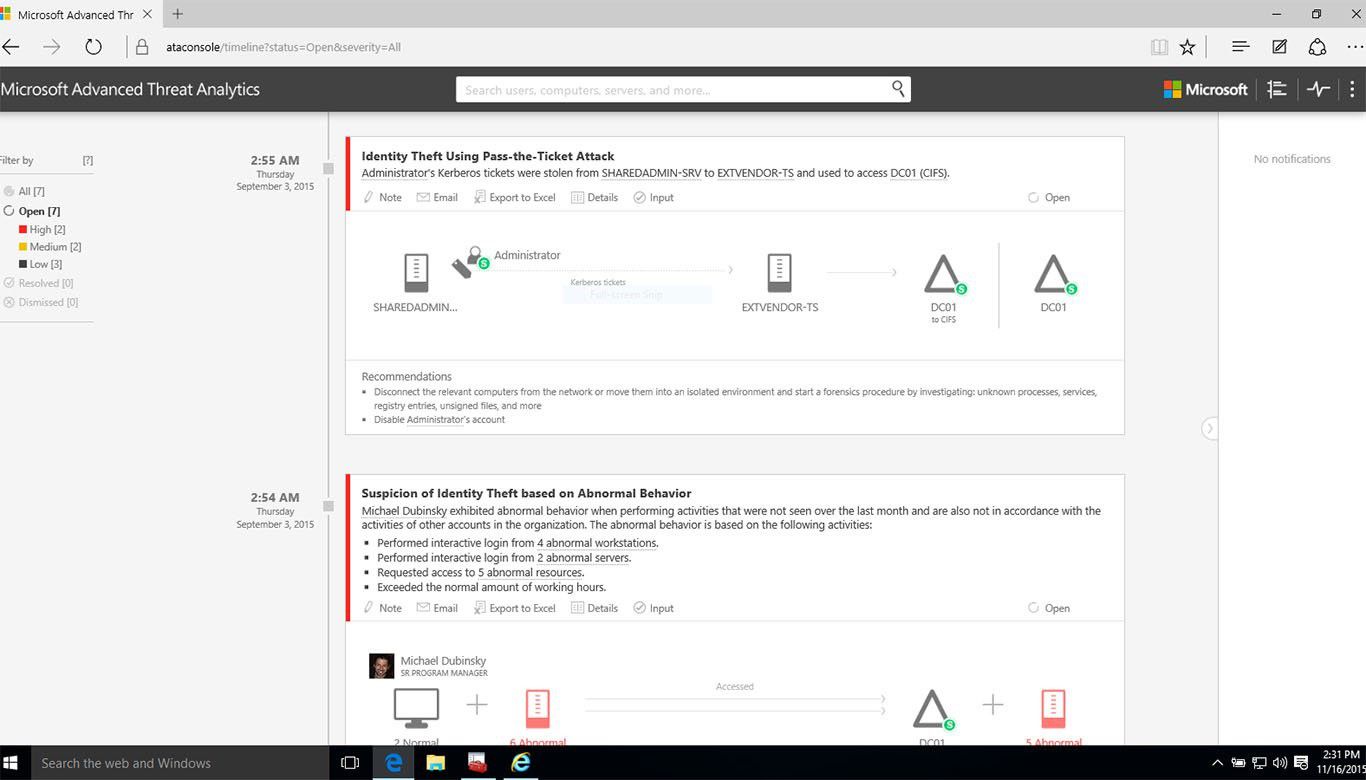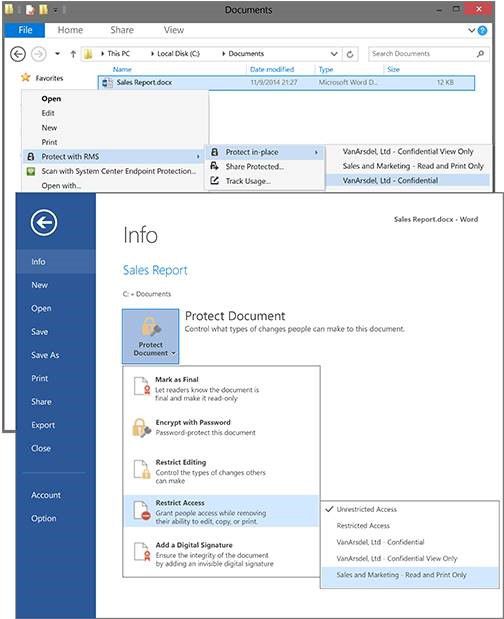
Managing security in a multi-vendor, multi-cloud environment
Managing a secure enterprise has dramatically changed over the last 12 months.No longer are government agencies storing all their data in a self-contained repository on-premises. Today, governments are embracing the cloud for at least some of their workloads, working with multiple cloud and software-as-a-service providers. In addition, their employees are far more mobile, performing their jobs from a far wider range of devices and locations than was once possible. While these new ways of working are dramatically boosting productivity, both the frequency and sophistication of cyberattacks are increasing. Unfortunately, the average attacker now resides within a victim’s network for more than 200 days before being detected.
As the IT landscape becomes more complex, government agencies need a more advanced approach to securing their infrastructures. In a nutshell, today’s IT administrators need intelligent tools to help their employees be productive from anywhere—while guarding user identity, protecting sensitive content, and efficiently detecting suspicious activity across the network. Microsoft can help governments achieve these goals. Consider the following:
Managing user identity
Today, 75 percent of all network intrusions can be traced back to compromised user credentials. Responding to this trend, governments have worked diligently to move away from traditional user names and passwords to deploy multi-factor authentication. Yet they need a simple way to manage identities across numerous applications obtained from different vendors, hosted within different cloud environments, and accessed from a wide variety of devices. Rather than requiring customers to implement multi-factor authentication separately for each application, Microsoft Azure Active Directory Premium provides single sign-on for numerous cloud-based applications—including those from Cisco, Box, Salesforce, Google, and thousands of others—across all major mobile device platforms including Windows, Android, and iOS.
In addition, Azure Active Directory Premium can help government agencies intelligently assess whether they should grant user access based on factors such as the health of the devices they’re using and the location from which they’re trying to log in—whether it’s a secure government facility or a coffee shop with unencrypted, wireless access. Using Azure Active Directory in combination with Microsoft Intune, IT administrators can determine how mobile devices will be managed and which policies will be applied in each instance. Conditional access is critical to maintaining security because today’s mobile workforce will leverage wide variety of networks and devices along with the same credentials and authentication types.
Protecting sensitive content regardless of location
Once government agencies have established a sound identity management platform, often their next priority is to secure their content. While it was once sufficient to protect the castle by simply locking the doors, today’s IT administrators need to protect confidential files in a mobile environment in which data regularly gets passed around from PCs to tablets to smartphones outside the physical walls of the building. Microsoft Azure Rights Management enables agencies and enterprises to encrypt content, safely sharing files as they move around among users and unmanaged devices—even protecting documents that end up being publicly posted.
Using Azure Rights Management, employees can protect sensitive data on any Office 2016 document including Microsoft Word, PowerPoint, Excel, and Outlook—for example, by mandating that users not forward or print certain files, or that perhaps content cannot be copied form the document at any time. Likewise, IT administrators can automatically apply requirements to files sitting in a SharePoint repository, or to emails as they move through the Exchange messaging system—designating that certain documents not be forwarded outside the organization or that confidential files can only be read by authorized employees.
Detecting and responding to network threats
For governments to efficiently respond to security threats, they must also be able to detect potential breaches across their network. Microsoft Advanced Threat Analytics (ATA) provides a simple and fast way to identify malicious attacks, identity theft, and potential cases of data loss. ATA leverages deep-packet inspection technology as well as information from multiple data sources to build an Organizational Security Graph that helps organizations understand normal traffic patterns on a detailed level. By learning the ways in which employees normally access data, ATA can more accurately pinpoint true abnormalities—say, for example, that someone tried to log in numerous times in the last five minutes from different devices on multiple continents. ATA helps to eliminate the false positives while focusing IT administrators on the true threats they face so they can quickly take action.
Today’s complex IT landscape requires an intelligent set of tools to prevent identity theft, protect confidential government content, and minimize malicious attacks across the network. Please see the Microsoft Enterprise Mobility webpage to learn more about how Microsoft is delivering these capabilities in today’s cloud-first, mobile-first world.





